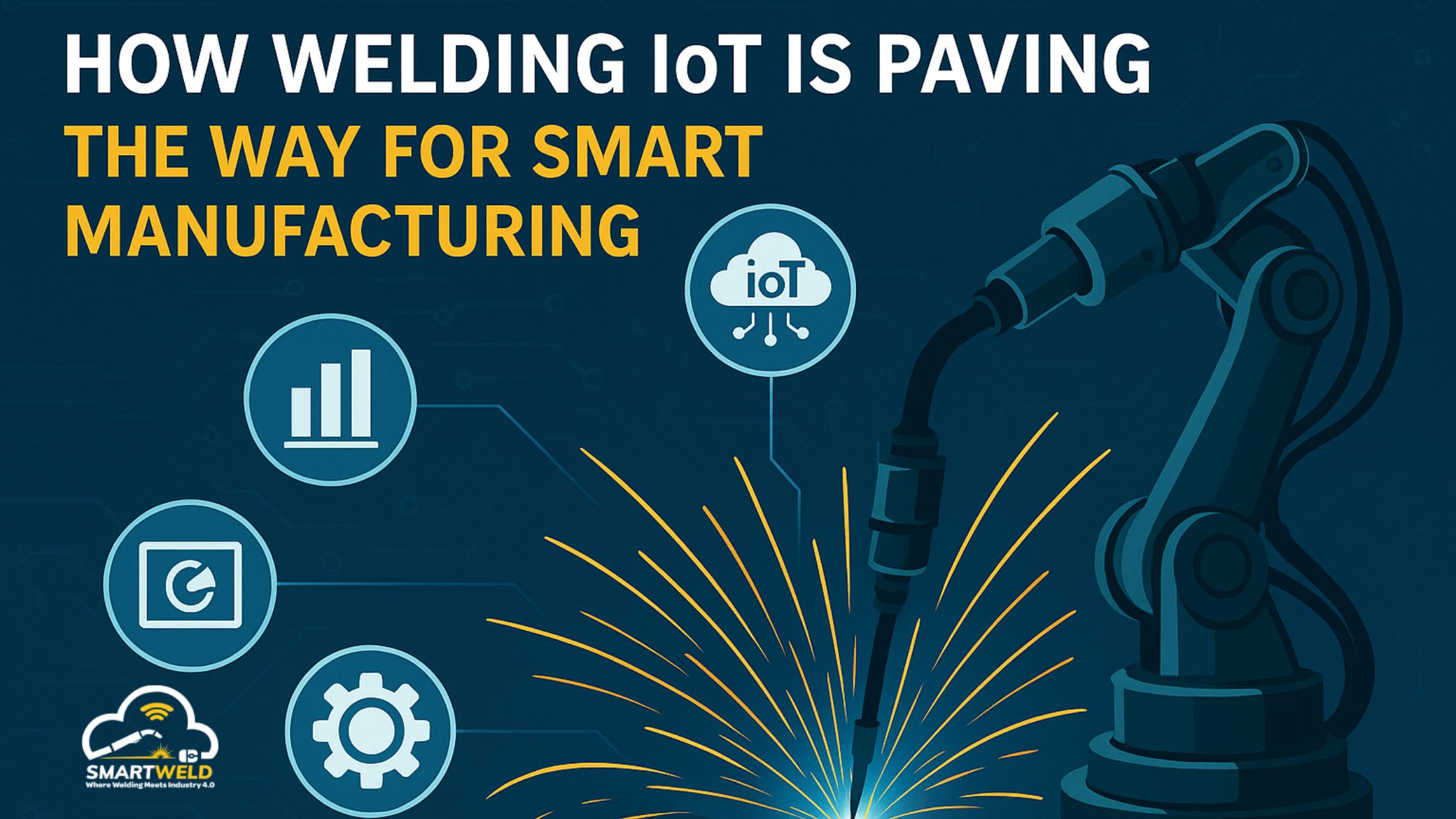The manufacturing industry is undergoing a digital transformation driven by Industry 4.0 technologies. Among the most impactful innovations is Welding IoT—the integration of Internet of Things (IoT) sensors into welding machines. The concept of Smart Manufacturing, often associated with Industry 4.0, is rapidly transforming production floors by enabling enhanced connectivity, automation, and data-driven decision-making. A key player in this transformation is the integration of IoT sensors into welding machines, which not only improves the welding process but also contributes to the overall efficiency. This smart technology is revolutionizing traditional welding by enabling real-time monitoring, data analytics, and predictive maintenance, laying the foundation for Smart Manufacturing.
The Rise of Industry 4.0 in Welding
Industry 4.0 represents the fourth industrial revolution, characterized by the integration of cyber-physical systems, IoT, big data, and advanced automation into manufacturing processes. In the welding industry, this means the introduction of IoT sensors that monitor and collect data in real time from welding machines. These sensors track crucial parameters such as temperature, voltage, current, arc stability, and more. By capturing this data, manufacturers can make more informed decisions that optimize the welding process and contribute to overall production efficiency.
Real-Time Monitoring for Enhanced Quality Control
Traditionally, weld quality relied heavily on operator experience and post-process inspection. With IoT-enabled welding, real-time alerts notify operators of any parameter deviations that could compromise quality. This proactive approach drastically reduces defects, rework, and waste—especially valuable in sectors like Manufacturing, Steel Industries, Automotive, Aerospace, and Construction, where precision welding is critical.
For instance, if a sensor detects a deviation in welding temperature or current that could potentially affect the quality of the weld, the system can trigger an alert to notify the operator immediately. This real-time monitoring allows for corrective actions to be taken before defects occur, minimizing scrap rates (helps reducing waste & cost) and ensuring high-quality welds every time. This level of precision is crucial in industries such as automotive, aerospace, and construction, where the integrity of welded joints directly impacts product quality, safety and performance.
Predictive Maintenance and Uptime Optimization
One of the most sought-after benefits of industrial IoT (IIoT) in welding is predictive maintenance. By tracking machine health indicators like temperature spikes or irregular power usage, IoT systems can forecast maintenance needs before failures occur. This minimizes unplanned downtime, extends machine life, and boosts production continuity—key goals for lean manufacturing operations.
Data-Driven Production Strategies
The integration of big data analytics with welding IoT allows manufacturers to identify trends, spot inefficiencies, and optimize resource allocation. For instance, analyzing performance across multiple welders can reveal under performing units or workflow bottlenecks. When connected to Manufacturing Execution Systems (MES) and ERP platforms, this data ensures smoother coordination of materials, manpower, and machinery.
Improved Operator Safety and Skill Development
Operator safety is a top priority in any manufacturing environment, and welding operations are no exception. IoT sensors can play a critical role in ensuring safe working conditions by continuously monitoring environmental factors such as temperature, gas emissions, and equipment status. For instance, if an IoT sensor detects excessive gas emissions or hazardous temperature levels, it can trigger an automatic shutdown or alert the operator to take immediate action.
The Future of Smart Welding
As more manufacturers embrace digital transformation and smart factory initiatives, welding IoT will play a pivotal role in building agile and intelligent production environments. The ability to make real-time, data-backed decisions not only enhances weld quality and efficiency but also aligns with broader Industry 4.0 goals such as sustainability, flexibility, and innovation.
Welding IoT is more than a technological upgrade—it’s a strategic enabler of smart manufacturing. By combining real-time data, predictive insights, and seamless integration with enterprise systems, IoT powered welding is setting new benchmarks in productivity, quality, and safety. Manufacturers who invest in this technology are not just improving today’s processes – they’re future-proofing their operations for the next industrial era.
Click here to Book for a Demo



